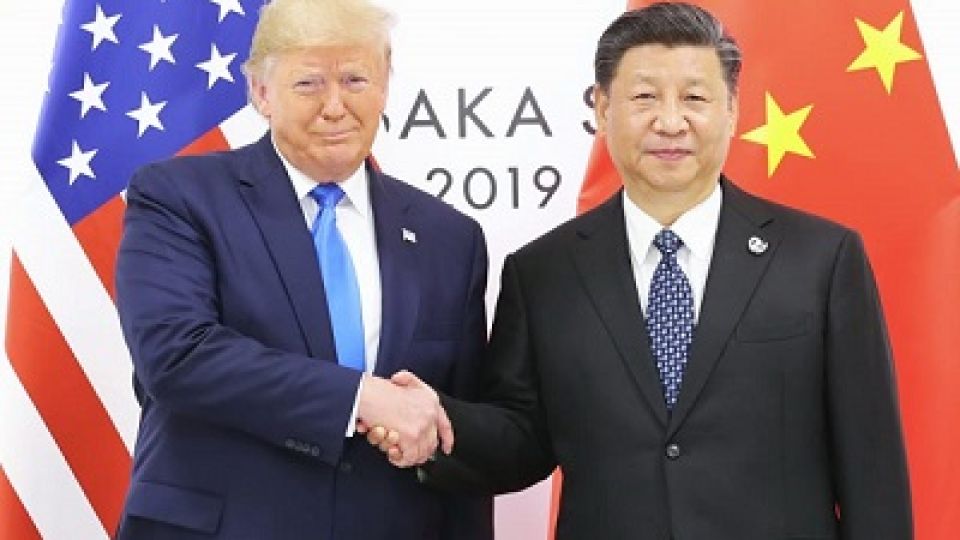by SAVIOUS KWINIKA
Editor-In-Chief
JOHANNESBURG, (CAJ News) – SOUTH Africa’s volatile Rand currency is bearing the brunt of escalating trade tensions between China and the United States as well as possibilities of agencies downgrading the country’s sovereign rating.
This depreciation spells further doom for motorists, with the price of fuel increasing again in September.
The local unit opened the trading week at R15,25, R17,08 and R18,42 against the US Dollar, Euro and the British Pound respectively. This was down from R14,75 and R16,38 as well as R17,88 at the previous week’s close.
Mpho Tsebe, the Rand Merchant Bank (RMB) economist, said the Rand had been “bruised and battered” in the past week following a spate of negative domestic news flows and an escalation in US-China trade tensions.
She added the currency had been on the back foot since Moody’s released a statement that the additional bailout to troubled power utility, Eskom, was credit-negative for South Africa.
This was followed by news that Fitch rating agency revised the country outlook to negative from stable, only to be exacerbated by worsening trade relations between the US and China again, as negotiations broke down between the global economic powerhouses.
Analysts project rand and other emerging market (EM) currencies remained vulnerable to risk sentiment, as the escalation in trade tensions between the US and China had reignited fears of the US economy falling into a recession.
The Central Energy Fund recently indicated the price of 95 unleaded petrol would increase by about ten cents in September, following the 11 cents increase in August.
Tsebe explained this was because the 10,2 percent month-to-date decline in the price of Brent crude oil had been offset by a 6 percent depreciation in US$/Rand.
The Nedbank Group Economic Unit also highlighted the emerging market risk aversion and heightened fears that Moody’s would downgrade South Africa’s sovereign rating had led to the Rand lose further ground.
“The rating agency made further pessimistic comments on Eskom, to the effect that the utility needs a long-term turnaround plan urgently,” the unit stated.
The firm noted the local equity market had a volatile week due to continued concerns about growth, both locally and globally, and unresolved trade tensions between the US and China.
The Johannesburg Stock Exchange (JSE) all-share index lost 1,3 percent over the week to close at 55 535,24 last Friday, with financials and industrials down by 3,5 percent and 1,6 percent respectively to 37 522,27 and 77 879,88.
“The risk-off sentiment will see riskier assets trade on the back foot until trade tensions ease or some positive news emerges,” Nedbank stated.
Analysts also warned the political upheaval in South Africa was exacerbating the Rand’s prospects as the currency faced poor economic growth, and a rising risk of further fiscal slippage with a Moody’s negative rating in its wake.
“There’s been no support either for the rand due the persistent lack of the expected economic reforms as well as the ongoing conflict in SA’s governing party, the African National Congress ‘ANC’,” Thanda Sithole, Standard Bank economist, stated.
– CAJ News




